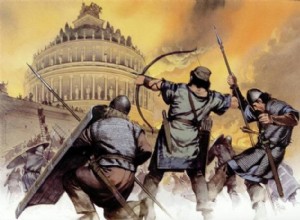It is usually the ubiquitous things that we least notice in everyday life and about which we know the least. In English there is even an idiom for this:“Hiding in plain sight , hiding in sight. This applies in particular to things that shape our lives day after day but are somehow too abstract to al




